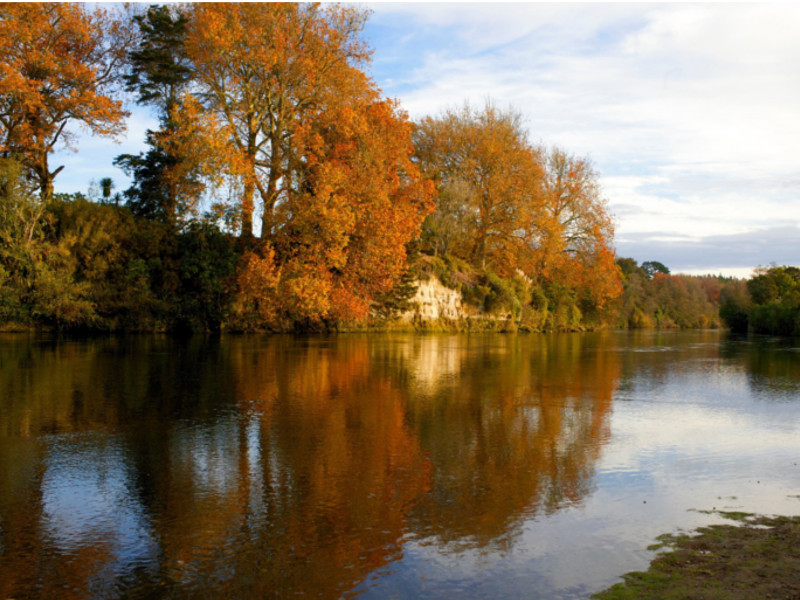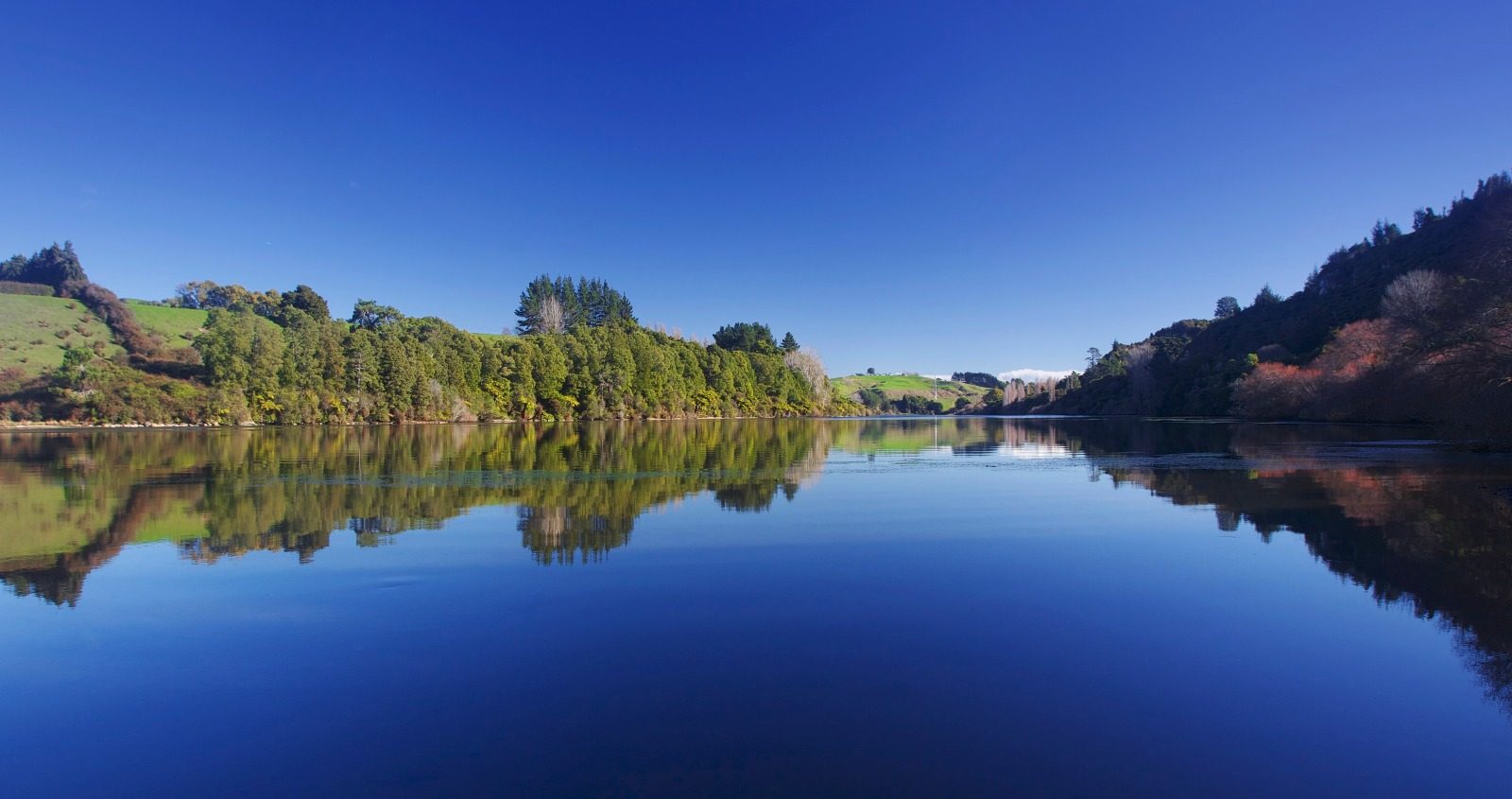
Kirikiriroa, a.k.a Hamilton, is the biggest city in the Waikato region, in the north island of New Zealand.
The city has a population of 230,000, which is the fourth largest in the country and accounts for about 3.3 percent of NZ’s population.
The city also has one of the largest youth population in the country, with a majority of the population under 30 years of age.
Hamilton is home to the longest river in New Zealand, the Waikato river, flowing through the city across 16 kms. The river adds a vibrant charm and character to the city.
Hamilton is one of the fastest growing cities in New Zealand, after Auckland and Pukekohe. Education and research and development play a big role in the city’s growth structure with a large level of importance given to both aspects.
How was Hamilton founded?
Hamilton was a result of the eruption of a volcano at Lake Taupo over 1800 years ago which sent waves of volcanic debris northwards and changed the path of the Waikato River to its present path.
Today’s Hamilton was initially home to a bunch of Maori villages, Pukete, Miropiko, and Kirikiriroa, from which the city got it’s Maori name.
The city was founded in 1864 on the 24th of August, and is named after Captain John Fane Charles Hamilton, the commander of HMS Esk, who died in the battle of Gate Pā, Tauranga. The city was named by Colonel William Moule.
Culture and Recreation
Other than the beautiful Waikato river, there are many other aspects that add to the city’s charm and appeal.
The Hamilton Gardens is the city’s largest and is a group of conceptual gardens from different eras and different parts of the world. They also host a Hamilton Gardens Summer Festival each year.
The city also has 145 other parks and gardens, like the Hamilton Mountain Bike Park, Waiwhakareke Natural Heritage Park, Parana Park and there are plenty of river walks around the city.
There’s also the Waikato museum, Hamilton Zoo, The Hamilton Astronomical Society Observatory, the Arts Post art gallery, the Sky City casino, and six public libraries through the city.
Additionally, Hamilton has an extensive variety of restaurant choices, pubs, shopping malls and cinemas, so it’s not a city that you’d get bored in.
Though the city is land locked, there are plenty of beaches that are an hour’s drive away from the city and make for a fun drive and day at the beach.
The city is also quite popular for its art, with art exhibitions, music festivals and theatre happening around the city on a regular basis.
The city has more than 1,000 hectares of open space and has 63 sports areas including three international venues, such as the FMG Stadium Waikato, the boutique international cricket ground Seddon Park, and indoor sport venue Claudelands.
Education
The city is quite popular for its educational opportunities, with the University of Waikato and the Waikato Institute of Technology (Wintec) offering a variety of courses to students both domestic and international. The city is home to approximately 40,000 tertiary students and 1,000 phD qualified students.
Hamilton also has a good range of high schools in the city, both private and state-integrated. The city places a lot of emphasis on its education system.
Demographics
The city is home to more than 80 ethnic groups. More than ¾ of the city population is European consisting of 69.5%.
20% of the population is Maori, 13.8% Asian, 5.1% Pacific peoples, 2% Middle Eastern, Latin American and African.
The city has a large immigration population, with over 24% of the population born overseas and a large population of overseas students.
The largest immigration population are from England, China, India, Fiji, Australia, Philippines, South Korea, Netherlands, Samoa and Malaysia.
The city has a large denomination of religions, with 28.3% of Christianity, 2.9% of Hinduism,
1.9% of Islam, 1.6% of Buddhism.
Climate
Hamilton’s temperature is known to be quite moderate in comparison with the rest of the country. However, winter mornings can be quite chilly, with the temperature dropping to even -4 degrees and summer can be extremely warm with temperatures rising to as high as 29 degrees. The city also features very high humidity.
The city is known for its foggy days during winters, with very little visibility early morning and late evenings.
Winters are usually cold and wet with some intense stormy weather, and summers dry and sunny.
Economy
Hamilton has one of the largest agriculture and pastoral areas in all of New Zealand and the world. The dairy industry is centred around Hamilton and Waikato.
A lot of the scientific research in NZ takes place in New Zealand.
Hamilton is home to the national agricultural trade show in the southern hemisphere.
Over the last two years, Hamilton has experienced its strongest residential housing boom and it is at an all-time high, in the volume of new dwelling and the average sale prices.
Hamilton is a good city to live in, with its big growth spurt in the last few years. It is likely to keep growing in population, opportunities and infrastructure, and is right behind Auckland, which is the largest city in New Zealand.
Find out 18 facts about Hamilton that you probably did not know.

